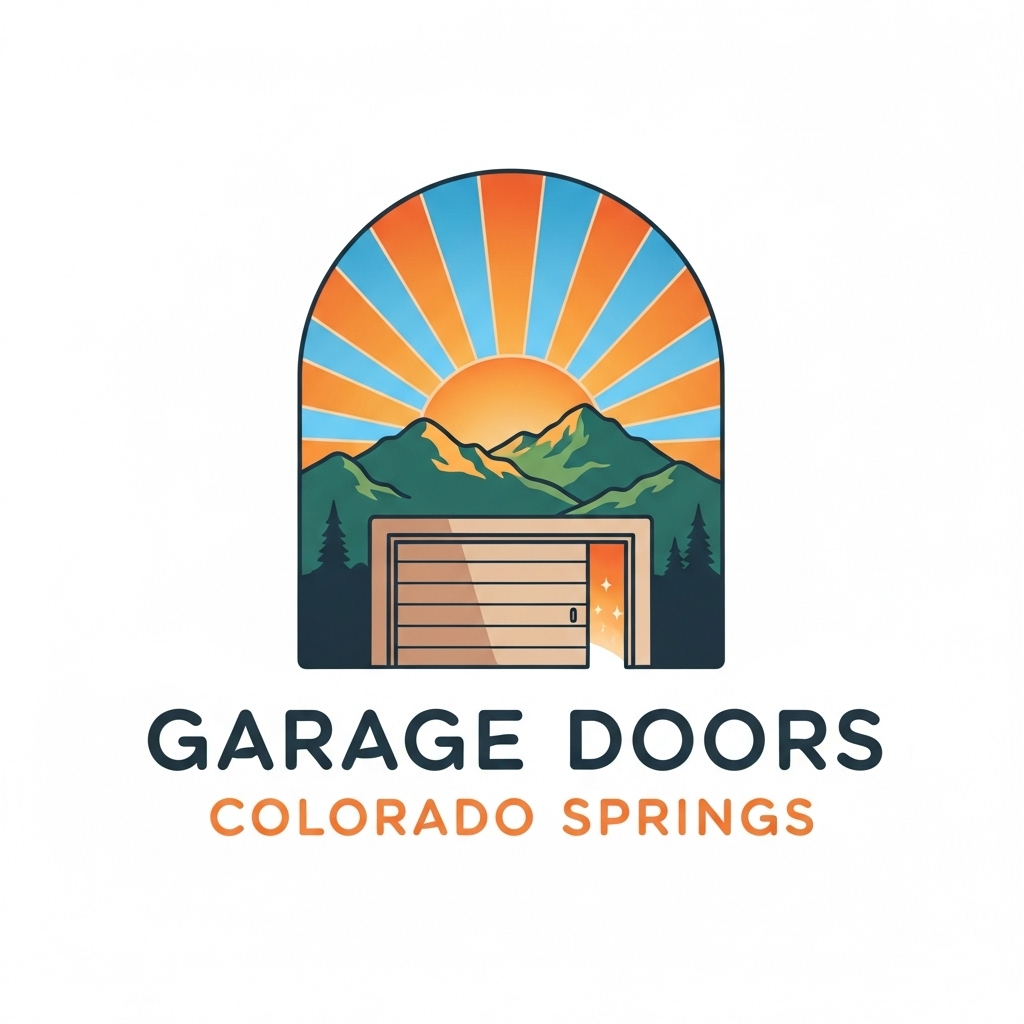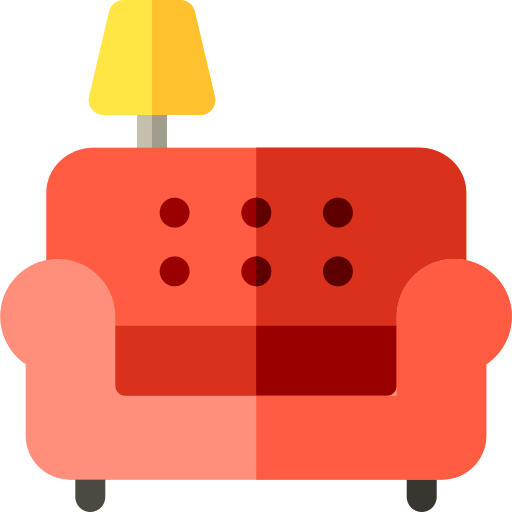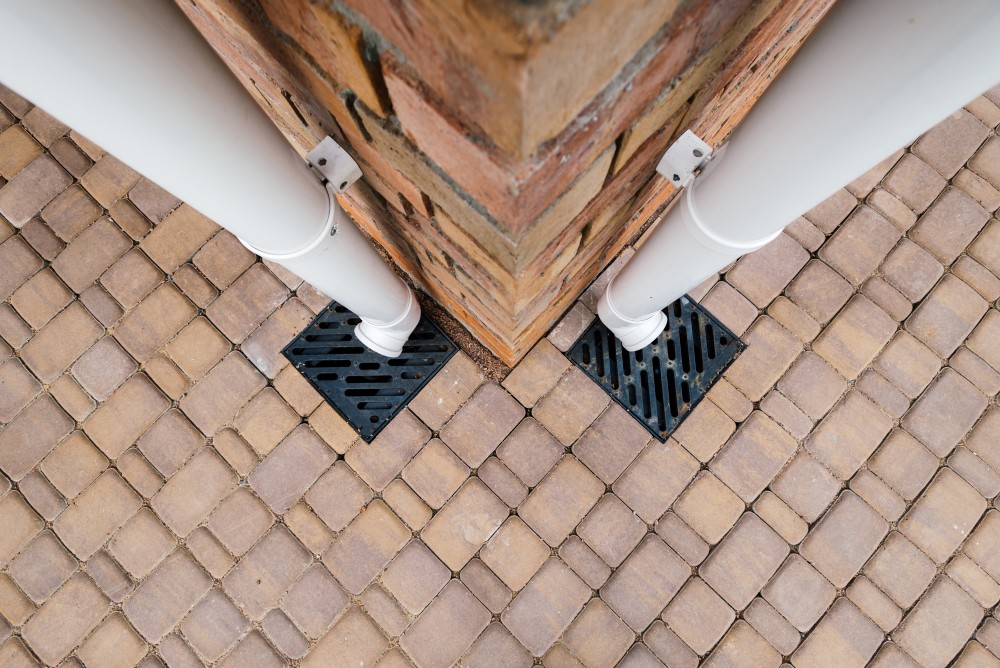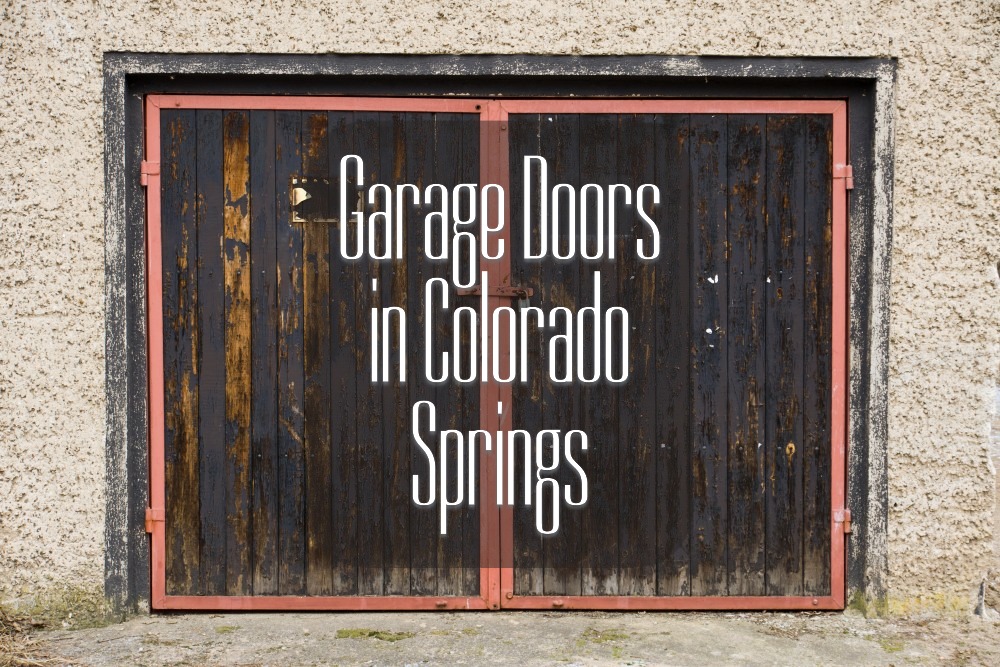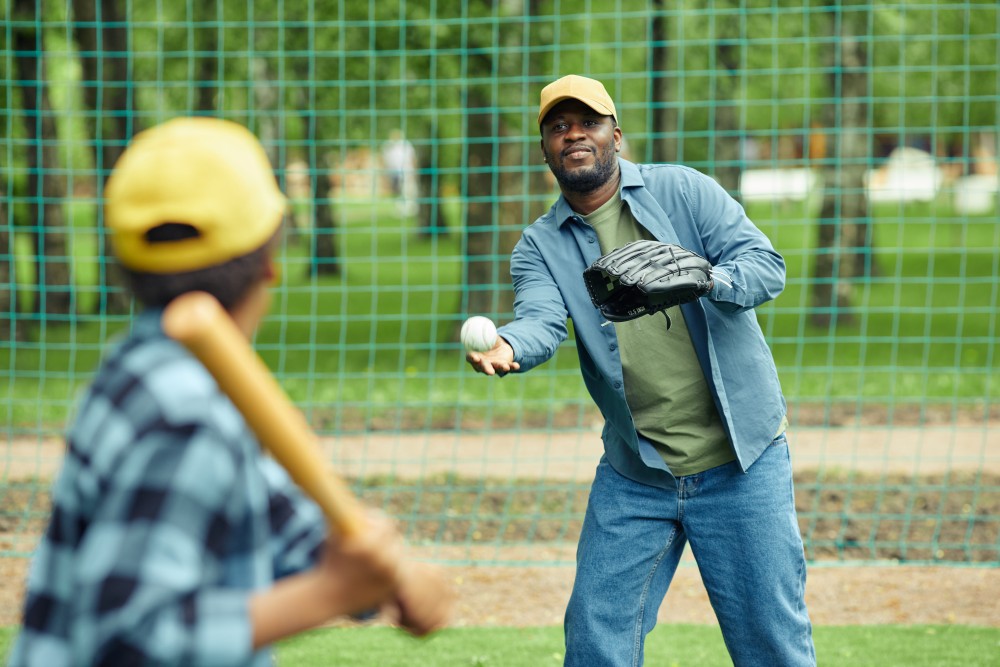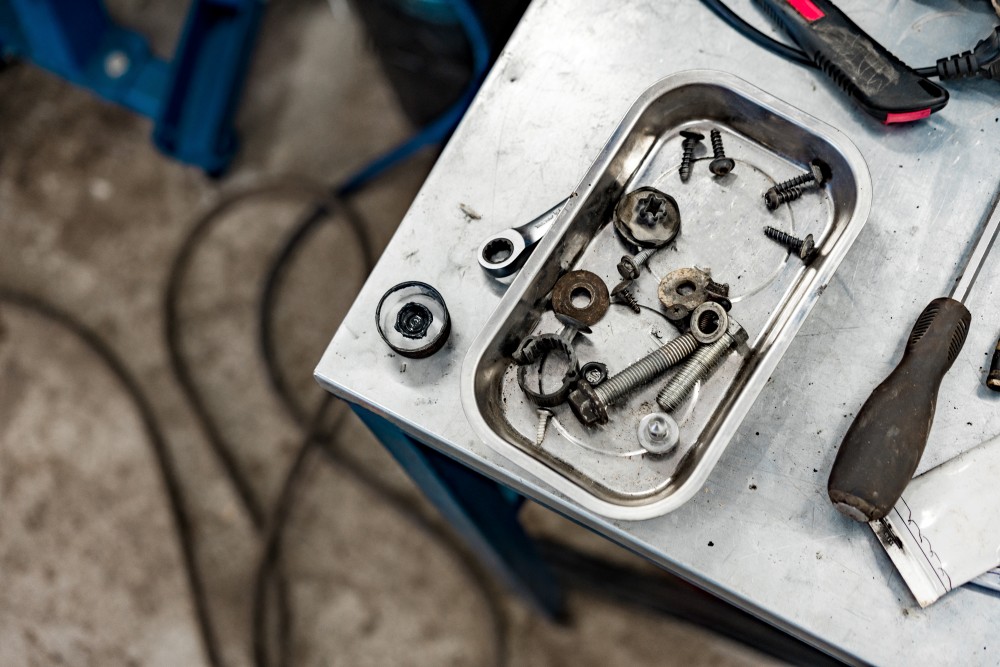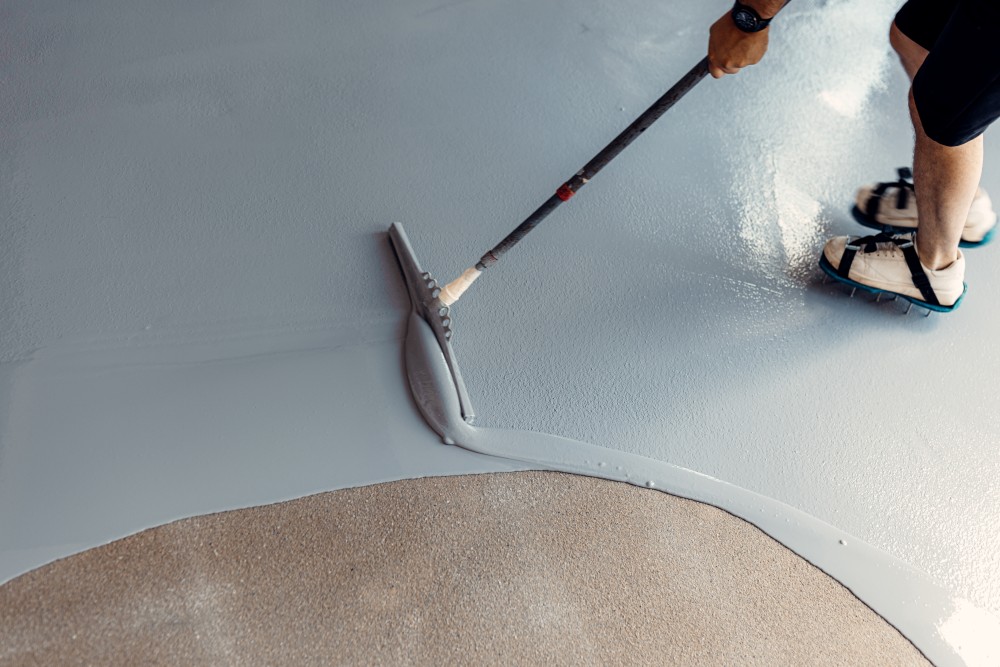Last summer, I watched my neighbor’s 8-year-old son transform from a kid who couldn’t hit a beach ball to someone confidently stepping into the batter’s box against his friends. The secret? A compact wiffle ball pitching machine his dad set up in their modest suburban backyard.
It is not the only transformation. Families across American neighborhoods are finding that a mini wiffle ball pitching machine can provide what traditional catch cannot – practice that is less random and repetitive, and builds muscle memory and confidence without necessarily having a single dedicated pitcher.
The Numbers Don’t Lie
The Sports & Fitness Industry Association estimates that the number of youths who play baseball has dropped by 20 percent since 2009 in part because of a lack of practice opportunities and increased costs. However, wiffle ball is the most popular backyard game in America with an annual sale of more than 100 million wiffle balls. Pitching machines fit best in the area between organized baseball and fun in the backyard.
Professional batting cage operators report that 65% of their younger clients show measurable improvement after just 10 sessions with consistent mechanical pitching. Now imagine bringing that consistency home.
Size Matters – Finding Your Perfect Fit

When my brother-in-law purchased his first small wiffle ball pitching machine, he made a classic mistake – assuming bigger meant better. His garage-sized unit collected dust because setup became a 20-minute ordeal. The lesson? Convenience trumps features for most families.
The best wiffle ball pitching machine for your family depends on three factors:
- Available storage space (most successful models pack down to briefcase size)
- Power source preferences (battery vs. plug-in affects location flexibility)
- Age range of primary users (velocity adjustment becomes crucial)
Youth baseball coach Sarah Chen of Phoenix tells the story: We purchased one mid-range model on the birthday of our 10-year-old. After two weeks, local children were queuing up to have a bat. It was the biggest hit in our block as a toy.
Beyond Basic Pitching
Modern pitching machine wiffle balls are engineered differently than standard wiffle balls. The dimple patterns and weight distribution create more predictable flight paths, essential for effective practice. Standard wiffle balls work, but dedicated machine balls provide consistency that translates to real improvement.
Professional models offer variable speed settings ranging from 15 mph (perfect for 5-year-olds) to 45 mph (challenging even for teenagers). The sweet spot for most families sits around 25-35 mph – fast enough to build timing, slow enough to maintain confidence.
Real Stories from Real Families
Mike Rodriguez from suburban Atlanta installed his pitching machine on a timer system. “Every day after school, my twins spend 30 minutes in batting practice. No arguments, no negotiations. It’s become their favorite routine, and their Little League coach noticed the difference immediately.”
The secret of the Rodriguez family? They made it a game. The children are assigned 25 pitches, and they are expected to reach certain targets which are set in their yard. Contact points, accuracy bonus points and special points on consecutive hits.
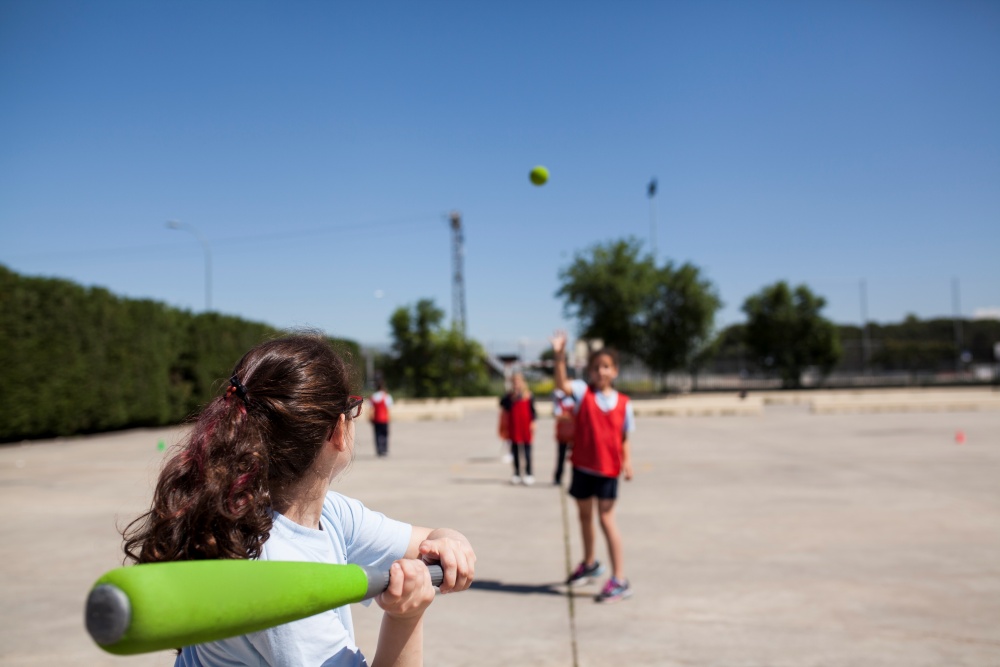
Frequently Asked Questions
Q: How much space do I need for a wiffle ball pitching machine setup? A: A standard setup requires about 40 feet of length (20 feet from machine to batter, 20 feet behind for ball retrieval) and 15 feet of width for safety. Many suburban backyards accommodate this easily.
Q: Are wiffle ball pitching machines safe for young children? A: Yes, when used properly. Wiffle balls are designed to minimize injury risk, and most machines include safety features like automatic shutoffs and protective screening options.
Q: How accurate are these machines compared to human pitchers? A: Significantly more consistent. Human pitchers, even skilled ones, vary in location and speed. Quality machines deliver pitches within a 6-inch target area 90% of the time.
Q: What’s the typical lifespan of a home wiffle ball pitching machine? A: With proper maintenance, expect 3-5 years of regular use. Commercial-grade models often last longer but cost significantly more.
The Investment Perspective
Quality mini wiffle ball pitching machines range from $150 to $800, with most families finding satisfaction in the $250-$400 range. Compare this to batting cage fees ($25-$40 per session) or private coaching ($60-$100 per hour), and the math becomes compelling quickly.
More importantly, these machines create opportunities for spontaneous practice. When motivation strikes, there’s no scheduling, no driving, no waiting. Just step outside and start swinging.
Your Final Buying Decision Framework
The best wiffle ball pitching machine for your family isn’t the one with the most features or highest price tag. It’s the one that matches your specific situation:
For families with young children (5-9 years): Prioritize safety features, lower speed ranges, and simple controls. Battery power offers flexibility for different backyard locations.
For serious young players (10+ years): Invest in precision and durability. Higher speed capabilities and consistent accuracy become crucial for skill development.
For mixed-age households: Variable speed control isn’t optional – it’s essential. Look for models with memory settings to save preferences for different children.
Space-constrained families: Portability trumps power. Choose models that pack down quickly and store efficiently.
Remember, the goal isn’t perfect baseball training – it’s creating positive experiences that keep kids active and engaged. A machine that gets used three times per week beats the most advanced model collecting dust in your garage.
As Mike Rodriguez from Atlanta discovered, “The best investment wasn’t the most expensive machine. It was the one that turned daily practice into our kids’ favorite family time.”
